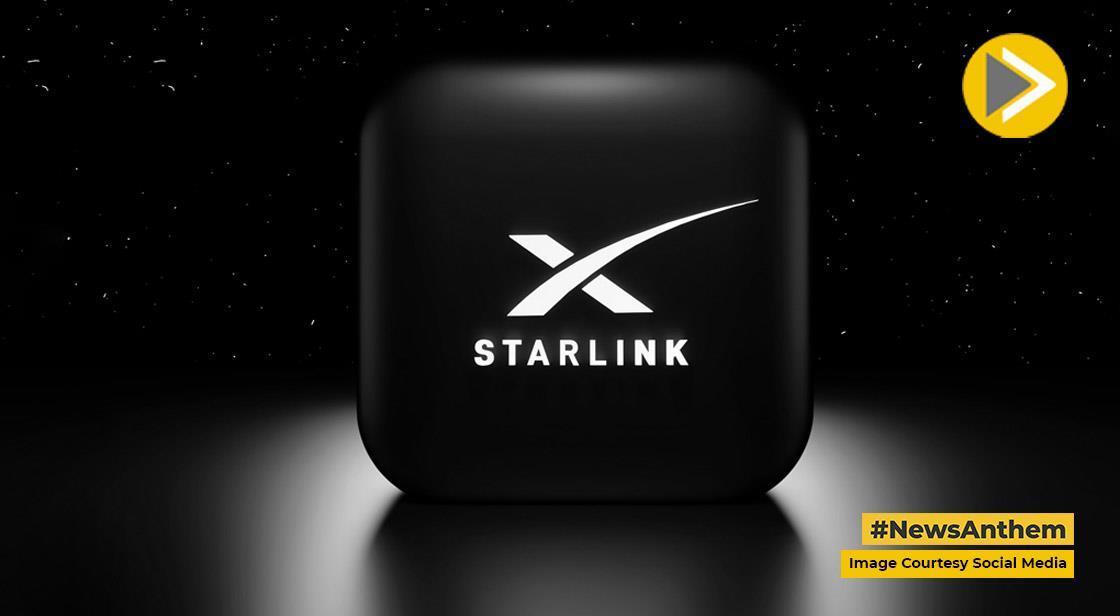Starlink Seeks Indian Partnerships to Accelerate Satellite Internet Launch

News Synopsis
Elon Musk’s satellite internet venture, Starlink, is intensifying its efforts to launch in India by holding talks with major domestic players in the satellite communication and telecom sectors. According to a report by Source, Starlink is in discussions with companies like Nelco (Tata Group), Hughes Communications, and BSNL (Bharat Sanchar Nigam Ltd), aiming to onboard multiple partners for a rapid rollout of services across the country.
Partnership-Led and Direct-to-Consumer Models Under Consideration
Starlink plans to adopt both direct service delivery and partner-led distribution models in India. This strategy mirrors its global operations, where the company has formed non-exclusive reseller agreements with telecom giants like Reliance Jio and Bharti Airtel. These agreements enable Starlink to work with multiple players simultaneously, enhancing reach and accessibility.
Vodafone Idea Also in Early-Stage Talks with Starlink
India’s third-largest telecom provider, Vodafone Idea, has confirmed that it is in early conversations with satellite service providers, including Starlink. The aim is to explore potential collaborations that could boost Vodafone Idea’s connectivity offerings and open new revenue streams through satellite broadband services.
Infrastructure Expansion: Gateway Stations and PoP in India
To support its operations, Starlink is planning to set up three satellite gateway stations in Mumbai, Pune, and Indore, along with a point of presence (PoP) in Mumbai. These facilities will serve as critical infrastructure for Starlink’s service delivery and data routing within India.
Starlink claims its satellite bandwidth capacity significantly outpaces that of its competitors like Eutelsat OneWeb and Reliance Jio-SES, boasting a capacity 80 to 90 times greater.
Massive Satellite Fleet and Global Expansion Goals
Currently, Starlink operates around 4,400 generation-1 satellites and over 2,500 generation-2 satellites, with ambitions to deploy up to 30,000 generation-2 satellites globally. This scale is a key part of its strategy to deliver low-latency, high-speed internet to remote and underserved areas around the world, including in India.
Government Meetings and Focus on Remote Regions
Earlier in April, Starlink executives met with Commerce Minister Piyush Goyal to discuss investment opportunities and local integration strategies. The company emphasized its commitment to serving remote and underserved Indian regions, particularly in the Northeast, border areas, and other difficult-to-reach zones like Jammu & Kashmir and Ladakh.
Regulatory Roadblocks: Awaiting GMPCS Licence
Although Starlink is actively engaging with Indian entities, it has yet to secure the Global Mobile Personal Communication by Satellite Services (GMPCS) licence from the Department of Telecommunications (DoT). Starlink has agreed to most regulatory requirements, including:
-
Establishing a control and monitoring centre in India
-
Ensuring data routing does not pass through land-bordering countries
-
Complying with local data privacy and security standards
However, some regulatory hurdles remain. The DoT requires companies to set up monitoring infrastructure along international borders and ensure full network coverage in sensitive regions, such as Jammu & Kashmir and Ladakh. Firms must also ensure monitoring capability for law enforcement within a 10-km radius of international boundaries.
Starlink’s India Strategy: Building Early Momentum
Despite pending approvals, Starlink is laying the groundwork to launch rapidly once licensed. Potential distribution deals with Jio and Airtel may see these telecoms retailing Starlink’s satellite internet hardware and services through their vast retail networks.
With a global-first approach backed by cutting-edge satellite technology, Starlink aims to bridge India’s digital divide, especially in rural and far-flung areas. The company's aggressive partnership model may provide it a strong foothold in India’s rapidly expanding internet ecosystem.
You May Like









